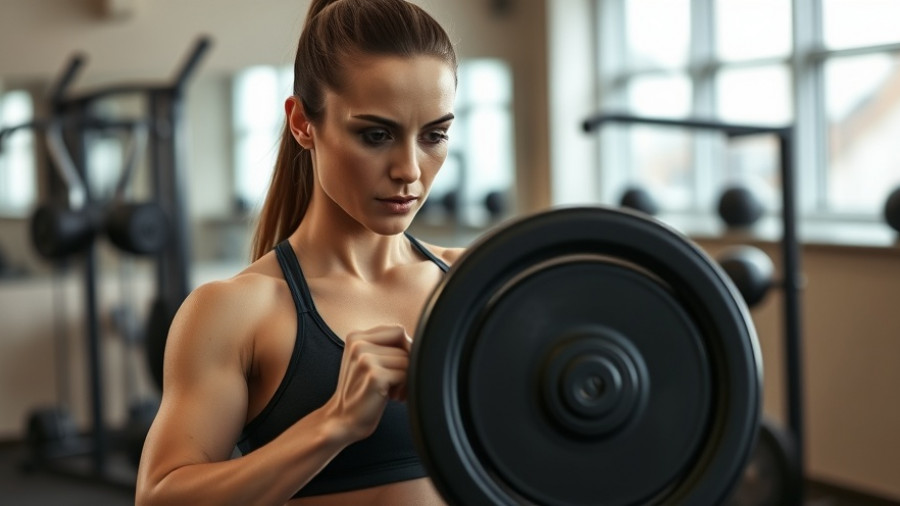
The Rise of PM 1 Pollution in America: What You Need to Know
In a remarkable advancement in environmental science, a recent study from Washington University in St. Louis has unveiled the pervasive presence of PM 1 pollution across the United States. Satellite technology has provided a comprehensive 25-year analysis revealing that particulate matter (PM 1) levels attribute significantly to serious health concerns. While air quality regulations have led to improvements over the years, the alarming rise in wildfires and vehicular emissions presents new challenges.
Understanding PM 1 and Its Health Effects
PM 1 refers to particulate matter measuring less than 1 micron in diameter, posing a greater risk than its larger counterparts. Due to their size, these particles are capable of evading the body’s natural defenses, potentially causing respiratory and cardiovascular issues. The researchers note that PM 1 particles, including those from diesel engines and wildfire smoke, require urgent attention to mitigate their impact on public health.
Why Tracking PM 1 Matters for Public Health
The study, published in The Lancet Planetary Health, emphasizes the health-focused implications of PM 1 pollution. Randall Martin, the leading researcher, stresses that this data serves as a crucial catalyst for policymakers to target harmful emissions effectively. It provides a clearer understanding of which pollutants significantly affect health outcomes.
The Role of Technology in Monitoring Pollution
Utilizing satellite data for air quality analysis represents a significant innovation in environmental monitoring. Geospatial technology allows for tracking particulate matter over vast areas, offering insights that conventional ground-based measurements cannot provide. As air quality continues to evolve, this technological approach could transform how healthcare professionals approach pollution-related health issues.
Future Strategies to Combat PM 1 Pollution
In light of these findings, there’s a pressing need for enhanced regulations targeting PM 1 emissions. Increased awareness among healthcare practitioners and fitness coaches about the dangers of PM 1 can drive community-focused initiatives aimed at reducing exposure. Entrepreneurs and tech professionals also have an opportunity to innovate solutions that enhance air quality and public health.
As we learn more about the implications of PM 1 pollution, staying informed and proactive is vital. This study not only sheds light on contemporary air quality issues but serves as a rallying point for collaborative efforts across technology and healthcare sectors.
 Add Row
Add Row  Add
Add 




Write A Comment